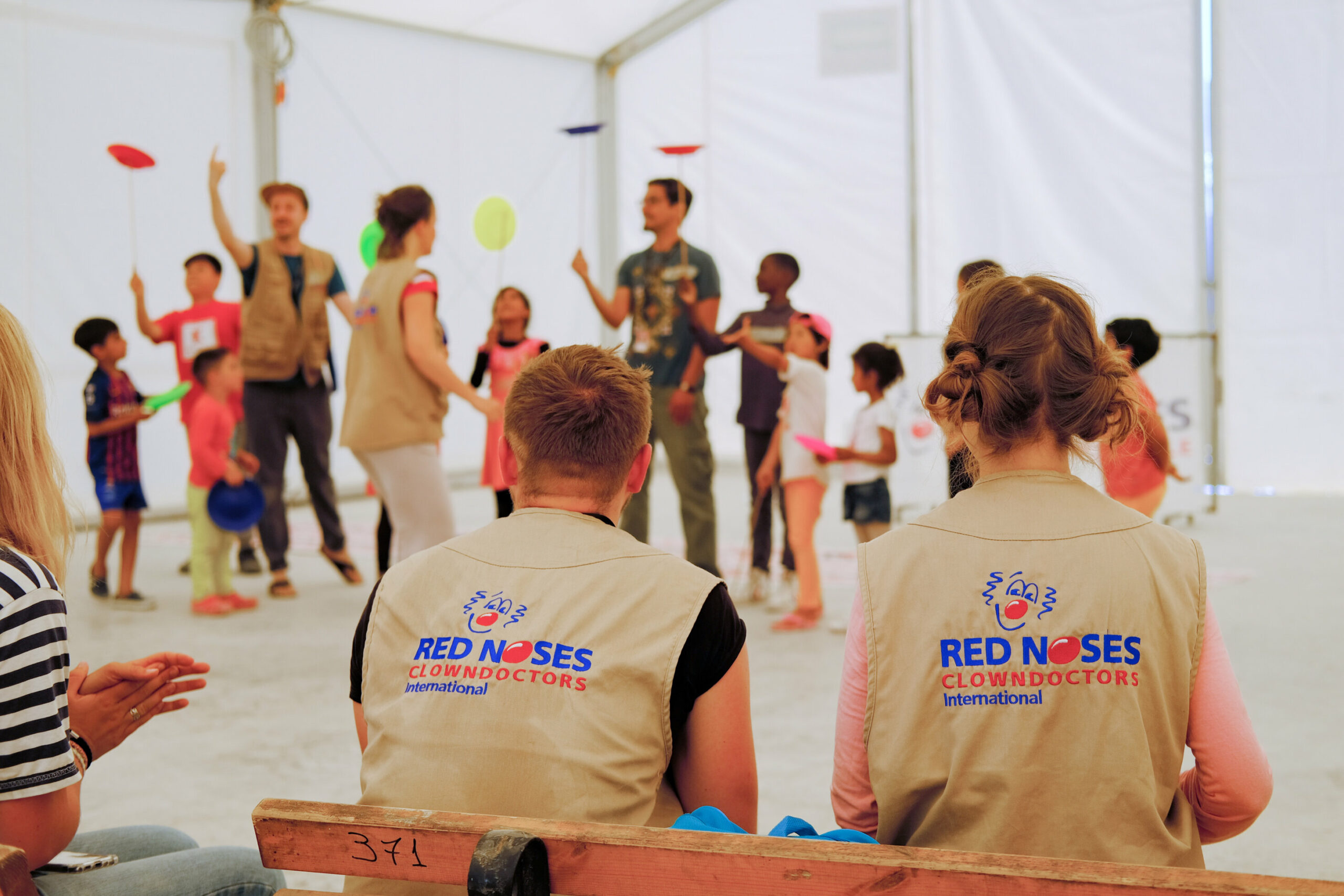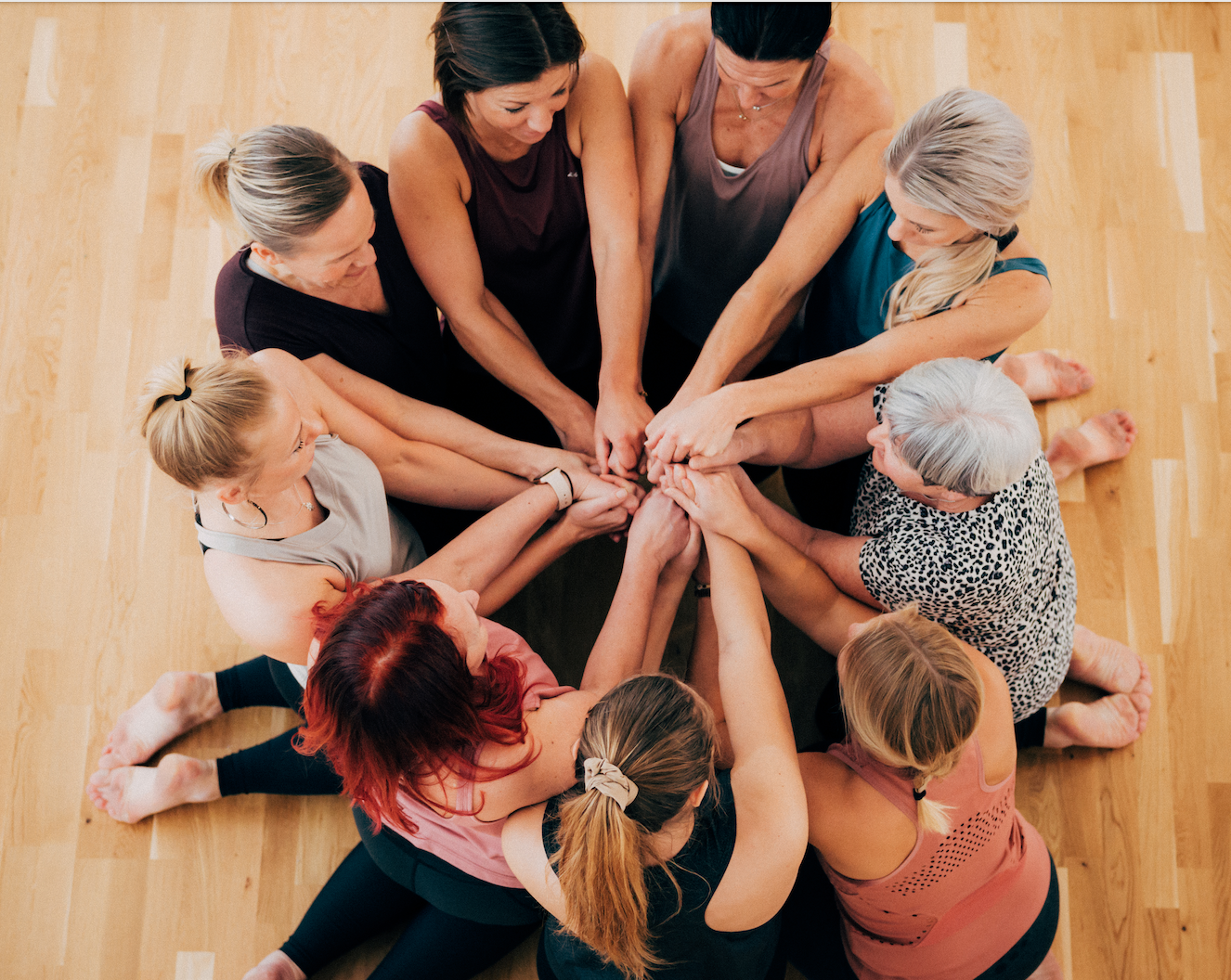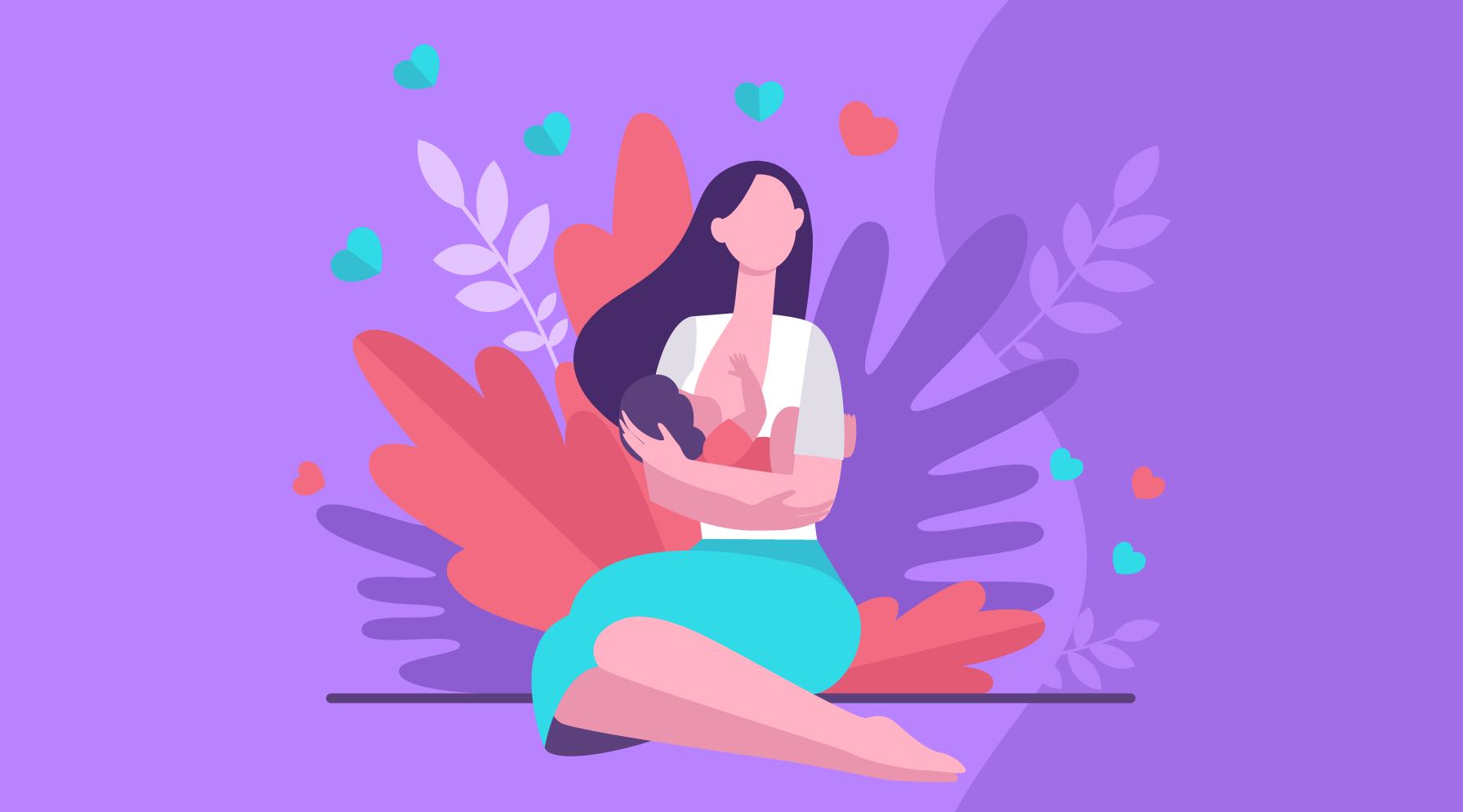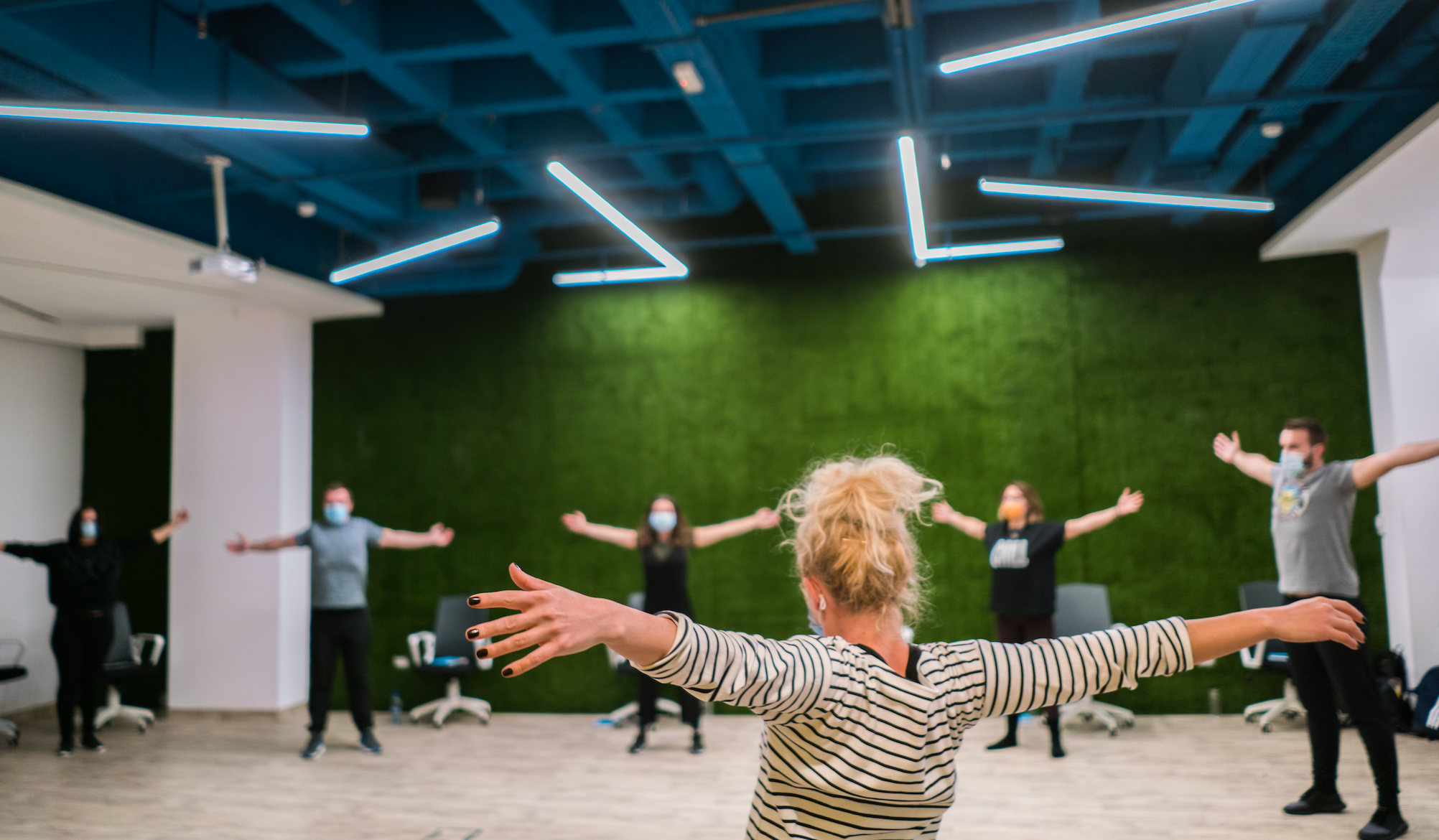What is the overall aim of the current WHO arts initiative?
I am part of a team on Behavioural and Cultural Insights (BCI), which became a flagship initiative following the launch of the European Programme of Work, 2020-2025 - the WHO’s health strategy for Europe. The BCI Unit’s main ambition is to highlight the importance of behaviour in healthcare as well as both barriers and drivers in relation to health.
Which areas are of particular interest to you?
I am specifically interested in how cultural contexts affect health, from the way we respond to mask mandates to the way we experience pain. As an extension, particularly of how culture can impact health directly and physiologically, I have been drawn into the area of arts and health. Current research suggests that even passive cultural participation, such as watching a movie or reading a book, can help reduce stress and anxiety while generally improving mental health.
Among your results so far, what has had the biggest impact on the world?
Our report from 2019 titled “What is the evidence on the role of the arts in improving health and well-being? A scoping review” has had a clear impact on policy formulations. Just recently, the city of Brussels began trialling a “museums on prescription” project to support people suffering from depression, stress, or anxiety. As this report was the first of its kind published by the WHO in relation to arts and health, it brought the arts and health into the spotlight of many member states.
Which efforts are you currently involved with?
For a while, we have been working with Central Denmark Region, specifically Silkeborg, and Cluj in Romania on the project “Music and Motherhood”. The goal of this intervention is to help reduce the symptoms of mothers experiencing postpartum depression (PPD). Mothers attend group sessions that are specially designed for them. Here, they sing together and connect with each other and their babies, thus increasing the confidence in their voice and their relationships to their newborn children. The sessions help accelerate the natural reduction of anxiety and low spirits associated with this form of depression, and they are particularly effective for mothers with moderate to severe forms of PPD. The intervention was created in the UK where it has been successfully trialled with hundreds of patients. Consequently, our challenge was to determine whether it would be possible to transfer and adapt the premise to other countries, since arts and health interventions tend to be very culturally specific. Currently, the project is in its final stages, and the results seem very positive. Our report should be ready by the end of the year.
Besides your musical immersion, how are you otherwise engaged in Denmark?
On a more political level, we are also involved with the CultureForHealth project, funded by the EU. And we attended “Kulturmødet Mors” earlier this year with our focus being music and singing on a neurological level. Additionally, we have participated in the field of forcibly displaced people by publishing a flyer in collaboration with the CultureForHealth project supported by the EU, which outlines the role that arts and health can play when supporting people who have been forcibly displaced.
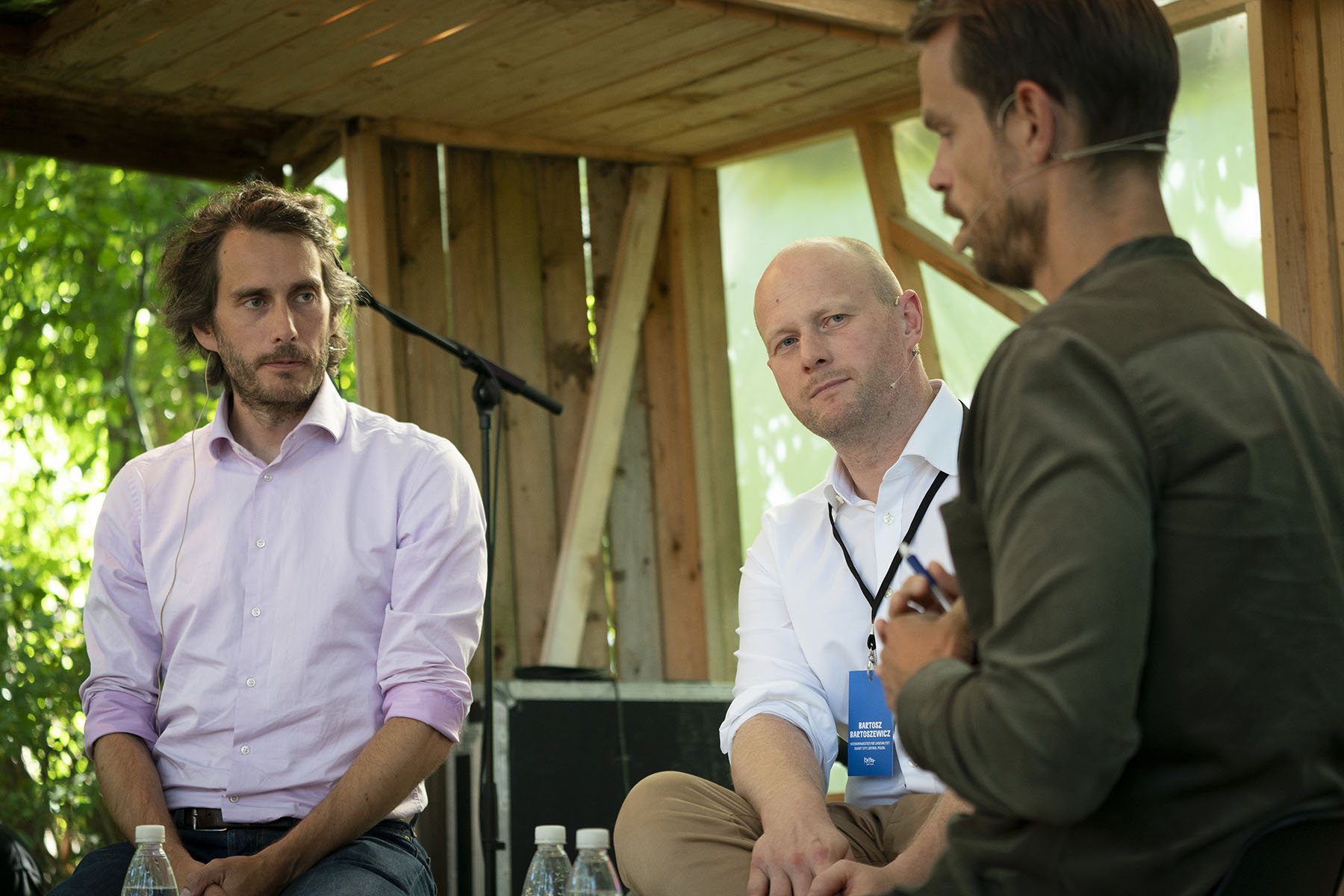
Why does the WHO incorporate culture at all?
Basically, the evidence presented itself. The formal study of arts and health has been around for more than 40 years, and as our scoping review shows, there is a mounting evidence base to support its health claims. Also, some of the interventions we have documented are very simple, with minimal upfront investment and hardly any health risks. For example, there is good clinical evidence to suggest that just listening to music before an operation can have positive effects on post-operative recovery. In the past 15 years, the field of arts and health has gained a lot of traction, especially in the UK, and thus it appeared on our radar. Concurrently, there has also been a rising interest in a more holistic understanding of health. In many parts of the world, the global burden of disease is shifting to lifestyle diseases such as obesity, which are complex challenges that require multimodal interventions.
The classic question: How does the future look for the field and culture and health?
We see increased momentum on the horizon, particularly due to more research, funding, and political buy-in. I believe that in 20 years, certain arts and health interventions will be perfectly natural parts of the healthcare portfolio. For instance, following a hip replacement, you might still be prescribed physical therapy, or you could be sent to a specifically designed dance activity. And similarly, if you have trouble breathing, you might be prescribed to attend a special choir where you exercise your lung functions. These interventions already exist, but in the future, access will be widened, and it will no longer seem unusual to prescribe these types of healthcare. However, a collective societal shift is required before these holistic and patient-centred solutions prevail. That being said, I must emphasize that these methods will not replace existing biomedical interventions. Rather, the goal is to provide further options, which are both cost-effective and custom-made for the individual patient.
Other great projects
See all